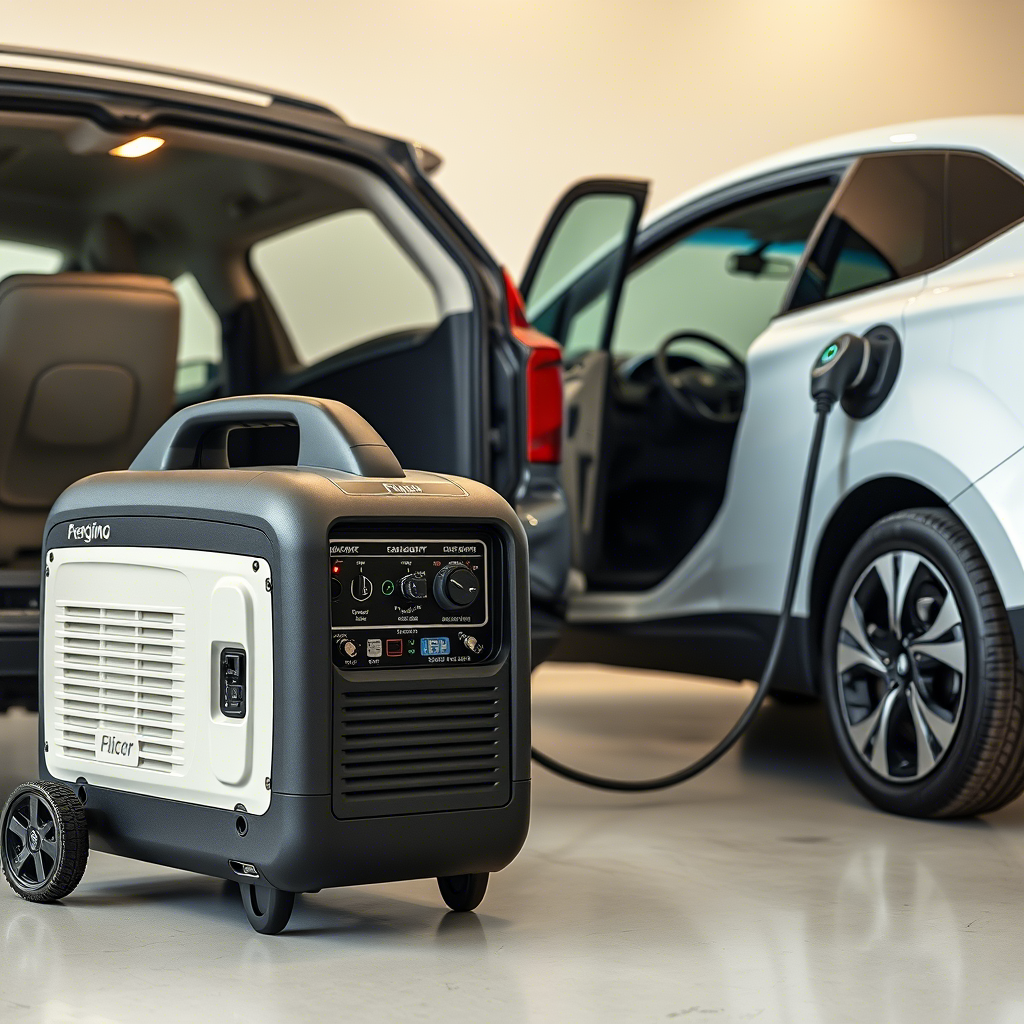What is the typical power output of a portable generator?
As a portable generator owner, you may have wondered what the typical power output of a portable generator is. The power output of a portable generator is measured in watts and can vary widely depending on the specific generator model. In this article, I’ll explain the typical power output of portable generators, including how it is measured, and how to determine the power output you need for your specific needs.
How Power Output is Measured
Power output is measured in watts (W) and is the amount of power a generator can produce at a given time. Portable generators typically have two power outputs: the maximum power output and the rated power output. The maximum power output is the highest amount of power the generator can produce, while the rated power output is the amount of power the generator can produce for an extended period of time.
Types of Power Output
Portable generators come in a wide range of power outputs, and the power output you need will depend on the specific use of the generator. Here are some common types of power output:
- Small portable generators: These generators typically have a power output of less than 2,000 watts and are typically used for small, portable power needs such as camping or tailgating.
- Medium portable generators: These generators typically have a power output of 2,000 to 4,000 watts and are typically used for powering small appliances and tools.
- Large portable generators: These generators typically have a power output of 4,000 watts or more and are typically used for powering large appliances and tools, such as a refrigerator or air conditioners.
How to Determine the Power Output You Need
To determine the power output you need, you’ll need to first identify the specific appliances and tools you plan to power with the generator. You’ll then need to add up the power output of each appliance or tool to find the total power output you need.
For example, if you plan to power a refrigerator (800 watts), a television (200 watts), and a few lights (50 watts each), you’ll need a generator with a power output of at least 1,100 watts.
It’s important to note that these calculations are based on estimates, and the actual power output may vary depending on the specific generator model, the load on the generator, and other factors. Additionally, it’s always best to choose a generator with a slightly higher power output than you need to ensure that you have enough power to handle any unexpected events or in case the generator runs for longer than expected.

